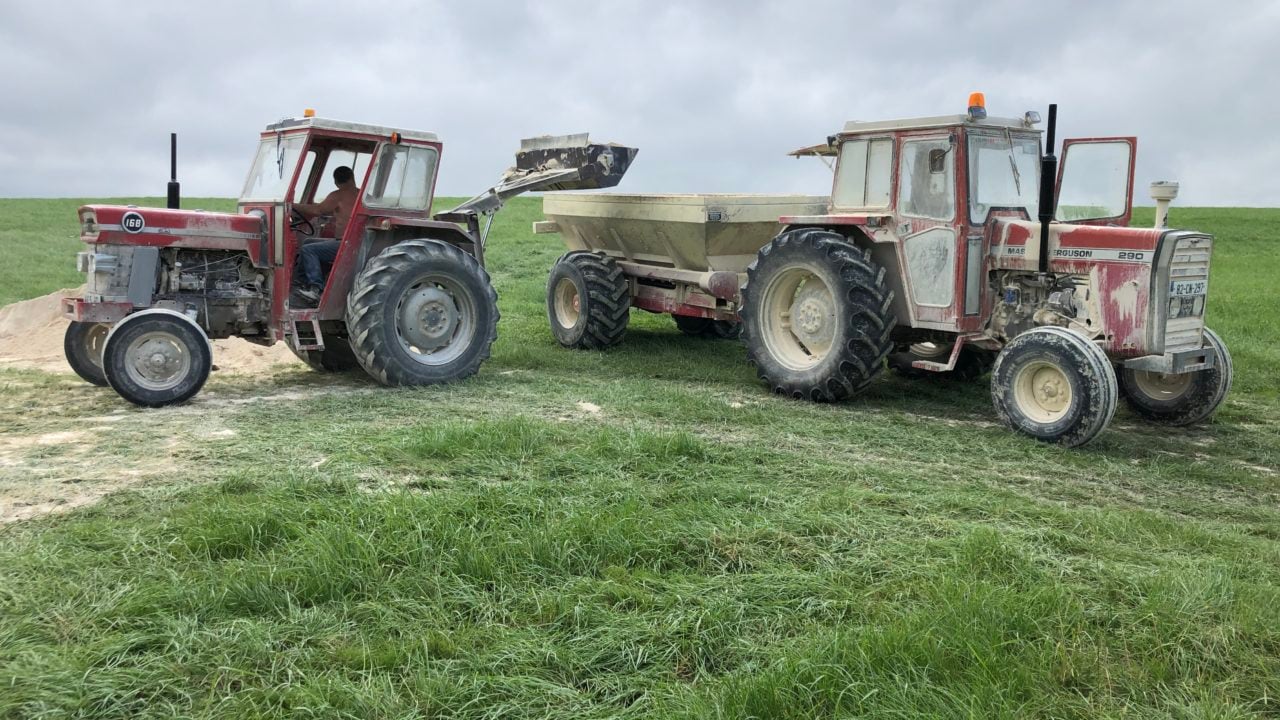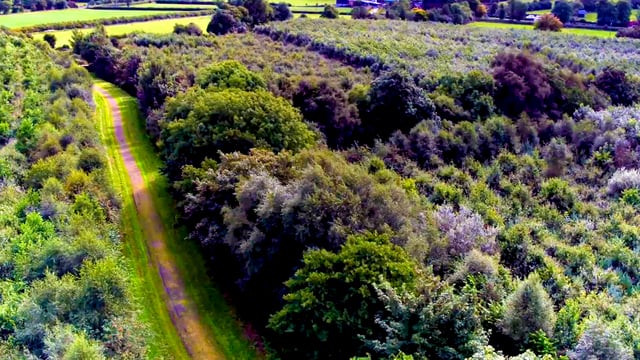Table: Fertiliser, slurry or lime - which to spread first?
With ground conditions dry in most parts of the country, farmers will be keen to get applications of fertiliser, slurry, and lime onto paddocks which require each respective input.
Where a paddock is intended to be cut for silage, it is advisable to leave lime spreading until after cutting when the field is bare to ensure lime is fully washed into the ground.
If lime is present on grass leaves going into pit or bale silage, this can have a negative impact on silage preservation.
The table below outlines the Teagasc recommended times between spreading fertiliser, slurry and lime:
| First application | Second application | Recommended time between applications |
|---|---|---|
| Slurry | Lime | 10 days |
| Lime | Slurry | 3 months |
| Urea | Lime | 7-10 days |
| Lime | Urea | 3 months |
| Lime | CAN or NPK compounds | No issue spreading before or after |
| Slurry | Chemical fertiliser | 4-7 days before or after |
Where farmers are applying slurry and chemical fertiliser to the same area of ground, the Teagasc advice to farmers is to spread slurry first, followed by the chemical fertiliser approximately seven days after. This is to avoid slurry coating the fertiliser granules.
Where slurry and/or chemical fertiliser as well as lime is being applied to land, the advice is to apply the fertiliser(s) first. This is to reduce the risk of nitrogen (N) loss from the nutrients as lime can accelerate the loss of N, according to Teagasc.
All nutrients and lime should be applied to land on the basis of a recent soil test result. Slurry should be targeted at fields with a low phosphorus (P) and potassium (K) index.
Lime should be applied where necessary to fields with a low pH.
Teagasc recommends a maximum lime application of 7.5t/ha (3.0t/ac) but many farmers have a preference to apply a maximum of 2t/ac or approximately 5t/ha.
Where more lime is required to balance the soil pH, the balance can be applied over the following years.
Ground limestone should be applied on a ‘little and often basis’ as an excessively heavy single application of lime can have an impact on soil structure and reduce the trafficability of the field.





